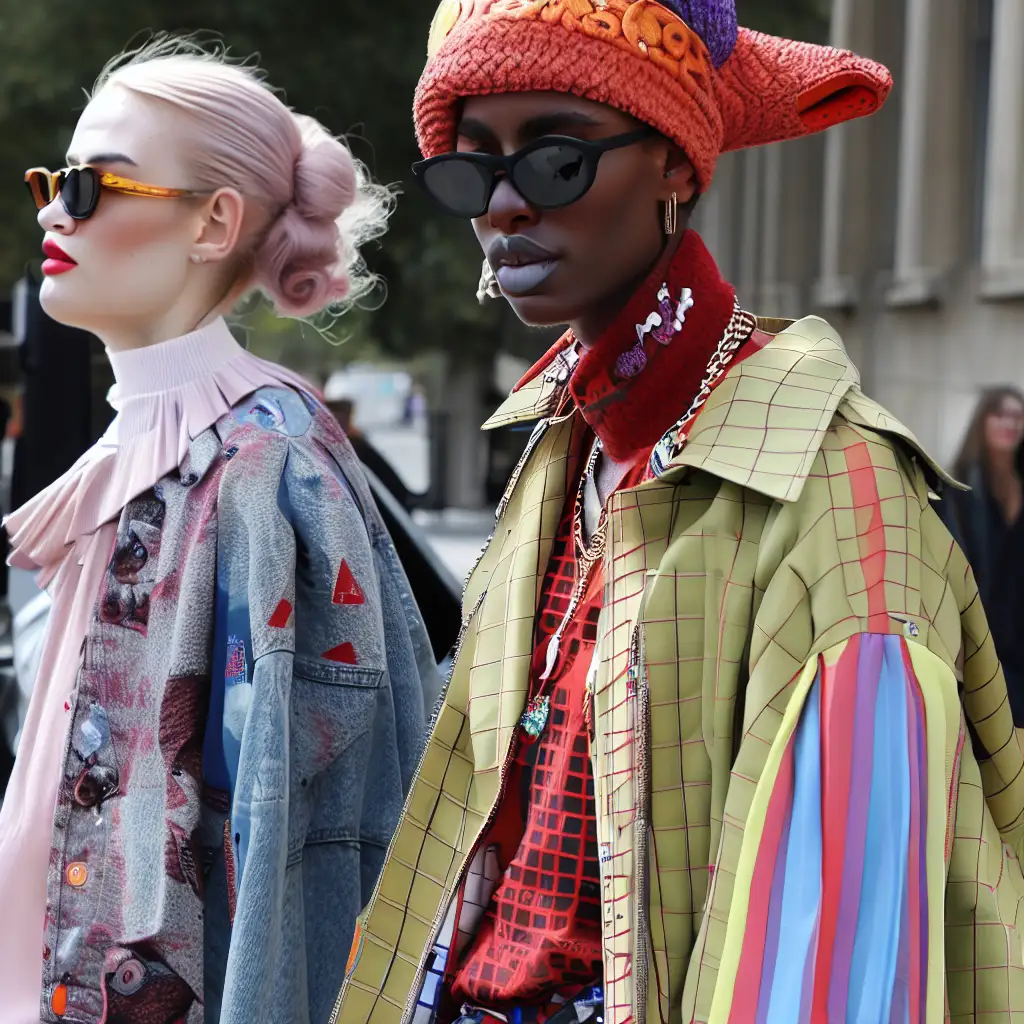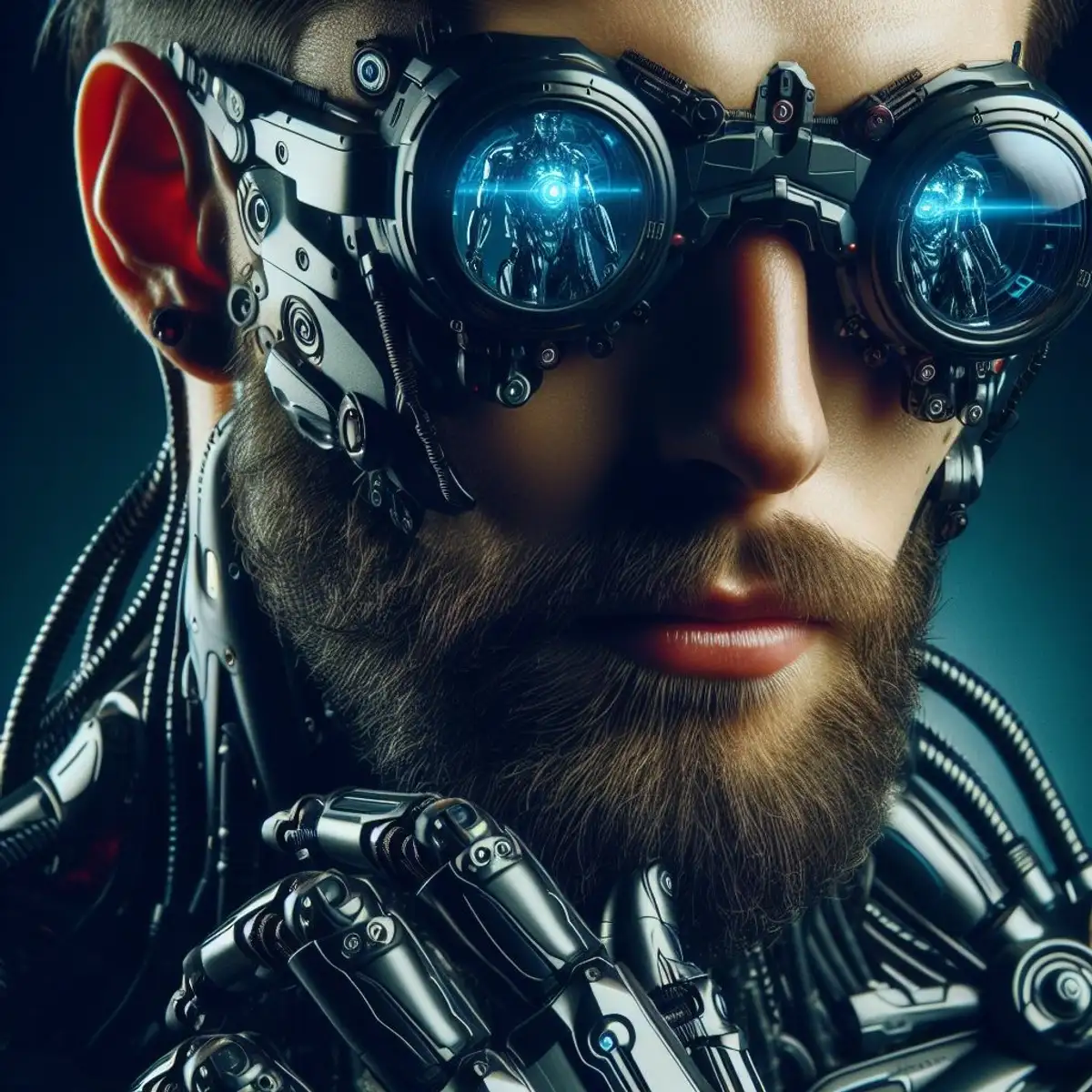It’s 1966. Lieutenant Uhura steps onto the bridge of the Enterprise. In an era when African American women were rarely seen on television outside of domestic roles, here was Nichelle Nichols, boldly going where no Black woman had gone before. Fast forward to today, and the science fiction landscape has transformed dramatically.
The genre has grown from a predominantly white, male-dominated space into a vibrant tapestry of voices, perspectives, and experiences. This transformation isn’t just about checking boxes or following trends. Much like our quest to understand alien life, it’s about enriching our stories, expanding our horizons, and imagining futures that truly reflect the richness of human experience.
The Old Guard vs. The New Wave
Remember those classic sci-fi book covers? You know the ones – square-jawed white heroes saving scantily clad damsels from bug-eyed monsters. While those pulp adventures hold a certain nostalgic charm, and let’s be honest, some of them are still guilty pleasures, they represented a limited vision of the future. It’s like trying to paint a masterpiece using only one colour – you might create something interesting, but you’re missing out on the full spectrum of possibilities.
Today’s science fiction landscape looks radically different, thanks to ground-breaking authors who dared to challenge the status quo. Take N.K. Jemisin, for instance. Her Broken Earth trilogy didn’t just win three consecutive Hugo Awards (a feat never achieved before) – it shattered our preconceptions about what science fiction could be. Through her lens, we explore power structures, systemic oppression, and environmental destruction in ways that feel both revolutionary and deeply personal.
Beyond the Binary
But diversity in science fiction isn’t just about race. It’s about acknowledging and celebrating the full spectrum of human identity. When Nnedi Okorafor brings us “Binti,” she crafts a masterful story where space travel and cultural identity interweave. She shows us how science fiction can embrace and celebrate the rich tapestry of human experience, interweaving identity, belonging, cultural conflict, and self-discovery. Her work exemplifies how the best science fiction transcends boundaries, creating stories that resonate across cultures while remaining authentically rooted in specific traditions and experiences.
The Rise of Intersectionality in Sci-Fi
This brings me to something I’m particularly passionate about – the way modern science fiction handles intersectionality. In my novel, “The Birth of Cogenant”, I wanted to create a world that reflects the complexity of human identity. Take Hiro, my protagonist – he’s Blasian (Black and Asian), navigating not just questions of human consciousness and technological transformation, but also the nuances of his identity in a rapidly changing world.
His best friend Diego’s character explores sexuality and Hispanic identity without making either aspect his sole defining characteristic. And Gia’s evolution from a sexbot to a fully realised being raises profound questions about consciousness, agency, and what it means to be alive.
The Future We Imagine Is the Future We Create
Here’s what I’ve come to believe: the stories we tell about the future shape the future we create. When we write about diverse, inclusive futures, we’re not just entertaining – we’re expanding the realm of possibility in readers’ minds. We’re saying, “Look, in this future, everyone has a place. Everyone’s story matters.”
In “The Birth of Cogenant,” I chose to set the story in a world where diversity isn’t just a buzzword, but a lived reality. The contrast between New London and Old Town, the struggles of the Technophobe community, the complex dynamics between augmented and non-augmented humans – these elements reflect our own world’s challenges while imagining new ways of understanding and accepting difference.
The Road Ahead
We’ve come a long way from the days when science fiction meant little green men and space cowboys, but there’s still work to be done. The beauty of this genre is that it’s constantly evolving, constantly pushing boundaries. Each new voice adds another layer of richness to our collective imagination.
As we look to the future of science fiction, I’m excited to see more stories that challenge our assumptions, that make us think, and that show us versions of the future where everyone can see themselves reflected. Because ultimately, that’s what great science fiction does – it shows us not just what might be possible, but what’s worth fighting for.
What are your thoughts on diversity in science fiction? How do you think the genre has evolved, and where do you hope to see it go next? Share this post with your perspectives, and let’s keep this conversation going.
For an immersive exploration of diversity, future technology and its impact on humanity, check out “The Birth of Cogenant,” available now at major online bookstores.


